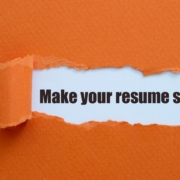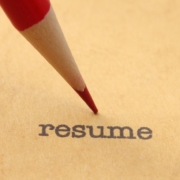Famous Business Leaders with Dyslexia
By Kimberly Kafafian
When you think of what it takes to be a successful business leader, the qualities that often come to mind are business savvy, creativity, vision, motivation, excellent communication skills, adaptability, problem solving, empathy, etc. One thing that doesn’t typically jump out is neurodiverse. Businesses often think of neurodiverse employees more narrowly as simply those who need special accommodations, rather than seeing their neurodiversity as a strength. As a neurodiverse person and business owner, I like to think of my dyslexia as my superpower! It is what helps me find creative solutions to real work problems every day. And I’m not alone in my thinking (did you know that 35% of business owners are dyslexic?) There are some pretty famous business leaders and entrepreneurs who credit dyslexia as a contributing factor in their success.
The Dyslexia Superpower
While many think of dyslexia as an impediment, dyslexics bring SO MUCH to the table when it comes to business leadership, such as:
- Out of the box thinking
- Complex problem solving
- Ability to retain facts
- Abstract thinking
The unique skill sets of dyslexics enables them to take companies to new heights, which is backed by research. A study from Cass Business School in London found that 35% of entrepreneurs in the US and 20% of entrepreneurs in the UK showed signs of dyslexia compared with just 5–10% of the overall population. And a survey of 69,000 self-made millionaires indicated that 40% of them showed signs of dyslexia. These are some significant correlations.
Super Successful Dyslexic Business Leaders
You might be surprised to know that many well-known entrepreneurs and business leaders have leveraged their dyslexia superpowers. Here are just a few.
Richard Branson
The founder of the Virgin Group, made his first million by age 21. His innovative thinking not only impacted the entertainment industry, but disrupted the transportation field with such businesses as Virgin Airways, Virgin Rail Group, and most recently with Virgin Galactic. He founded Made By Dyslexia, a nonprofit that spreads the word about the value of dyslexia, and has stated, “My dyslexia has shaped Virgin right from the very beginning and imagination has been the key to many of our successes.”
Charles Schwab
An out of the box thinker, Charles Schwab revolutionized the financial industry. Despite struggling in school, he only recognized he had dyslexia at age 58 when his son was diagnosed. When asked how dyslexia affected him, he replied “I think it leads to a better visualization capability, conceptual vision.”
John Chambers
Although he originally viewed it as a weakness, the CEO of Cisco came to see his dyslexia as the source of his greatest strength: his ability to visualize vast amounts of data, quickly draw connections, and see around corners. These qualities enabled him to lead Cisco through multiple economic downturns.
Jamie Oliver
Famous top chef, restaurateur, and cookbook author, Jamie Oliver, believes how his brain works helps him in his profession. “I’ve found my dyslexia to be such a gift in the job,” he says.
Across a variety of industries, these business leaders have not found success despite their dyslexia, but rather because of it.
















